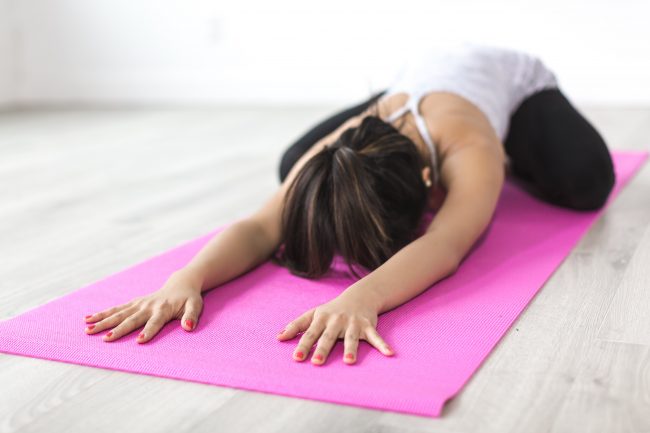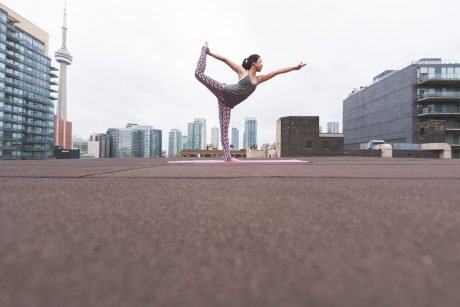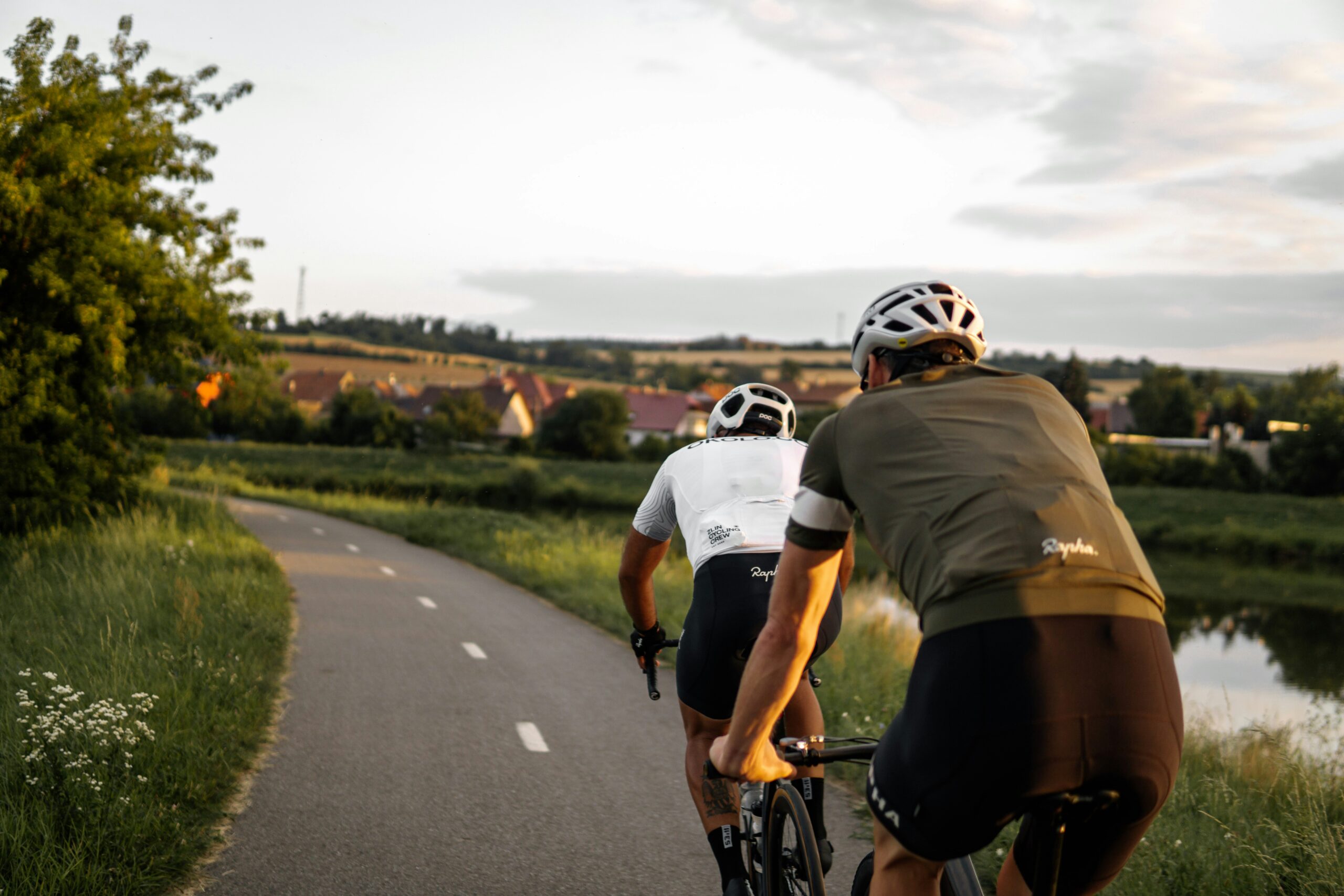How nose breathing will make you a better athlete
Published on
21 Nov 2018

Call us on: (03) 9975 4133
Breathing is normally something we don’t consider much. It’s an automatic involuntary function, but does it make any difference to breathe through our nose or mouth? Do we all just breathe the same? How we breathe really does make a difference!
Breathing
On average, a person takes approximately 20 breaths per minute, equating to over 28,000 breaths a day. We generally inhale between 4 to 6 litres of air per minute. There is a common misconception that taking bigger breaths results in more air and oxygen reaching our cells and muscles. This is not correct. Due to a phenomenon known as the Bohr Effect, ‘over breathing’ can reduce the oxygen levels that reach our cells, including the brain. Hyperventilation (faster breaths) is argued to contribute to respiratory complications including asthma.
The Nose and Moisture
Our noise is more than just an attractive (or not) feature on our face. It is essential for warming air and adding moisture when we inhale. The internal nasal cavities and sinuses provide 90% of the required ‘air conditioning’ of inhaled air, and also recovers a third of exhaled heat and moisture ( Elad et al 2008).
Mouth breathing leads to 42% less moisture, accelerating dehydration and fatigue. As the mouth and upper airways dry out, the risk of shallow breaths and inflammation, and even infection increase.
Nitric oxide is a gas released in the nasal cavity. As a powerful neurotransmitter, it has a number of important functions. Not only does it sterilise incoming air, it also splints open airways and enhances oxygen blood absorption in the lungs.

How To Breathe Through Your Nose
Patrick McKeown is the Irish author of an excellent book call The Oxygen Advantage (https://www.youtube.com/watch?v=Oftuk0FrlCo), and studied under the father of a well known nose breathing technique, Professor Konstantin Buteyko. He has recently paired up with big wave surfer Laird Hamilton to work with XPT, an elite performance and lifestyle programme with the motto “Breathe, Move, Recover” (https://www.xptlife.com). Some of his tips for optimal breathing include the following :
- Breathe through your nose. This helps use your diaphragm (most important breathing muscle). Nasal diaphragmatic breathing results in deeper breaths.
- Take light nasal breaths, not big mouth breaths. This helps switch on the diaphragm.
- Breathe lightly in and out through the nose, so gently that the nose hairs don’t move.
- Aim to quieten your breath during practice drills, and deliberately take shorter quieter breaths during practice.
- Big mouth breaths are more common when we are unfit, or under stress (huffing and puffing).
- Breathe first in your lower belly and lower back, the ribs shouldn’t expand at all.
- Healthy nasal breathing should be hardly noticeable. Aim to keep breaths light and relaxed.
Sleep
Generally up to half of all adults breathe through their mouth during the day. This means that they inevitably also breathe mostly through the mouth at night. At night, mouth breathing results in lighter sleep with more apnoea and easier arousal. Snoring is more common in mouth breathers, which isn’t ideal if it’s your partner!
About the benefits of nose breathing, McKeown argues that nasal breathing not only improves sporting performance and breathing efficiency, but can also improve sleep quality. It has evidence-based benefits for those with complaints such as sleep apnoea, anxiety, excessive tiredness and rhinitis.
Yoga, Pranayama and Stress
The art and practice of nasal breathing is nothing new. For centuries, yoga and especially pranayama (control of breath), have placed a large focus on isolating the nostrils to breathe more effectively, in order to improve energy and facilitate meditation and mindfulness. Today, aspiring yogis all over the world incorporate nasal breaths and pranayama into their yoga practice for stress relief and relaxation. Many high profile public figures have also adopted this practice, including Hillary Clinton. She advocates an alternate nostril yogic breathing technique (Nadi Shodhana) for anxiety relief.

Stress increases our sympathetic nervous system response, leading to a dry mouth and less saliva (not ideal during public speaking). Scientific evidence has highlighted that by deliberately regulating nasal breaths, we change our heart rate, which can improve parasympathetic nervous system health.
Conclusion
Aim to practice breathing through your nose at rest and during light activity, this slows the speed and frequency of our respiratory rate. It can improve sleep quality for yourself and your partner, leading to happier relationships! Pay attention to your pets, as all animals are nose breathers apart from when they are trying to cool themselves down! Breathe lightly and from the lower belly rather than the upper chest. In the long term, nasal breathing will improve blood oxygenation and overall lung volumes, leading to benefits for the entire body and improved health and wellness.
We’re here to help.
For more info, or some more handy tips contact us now!


